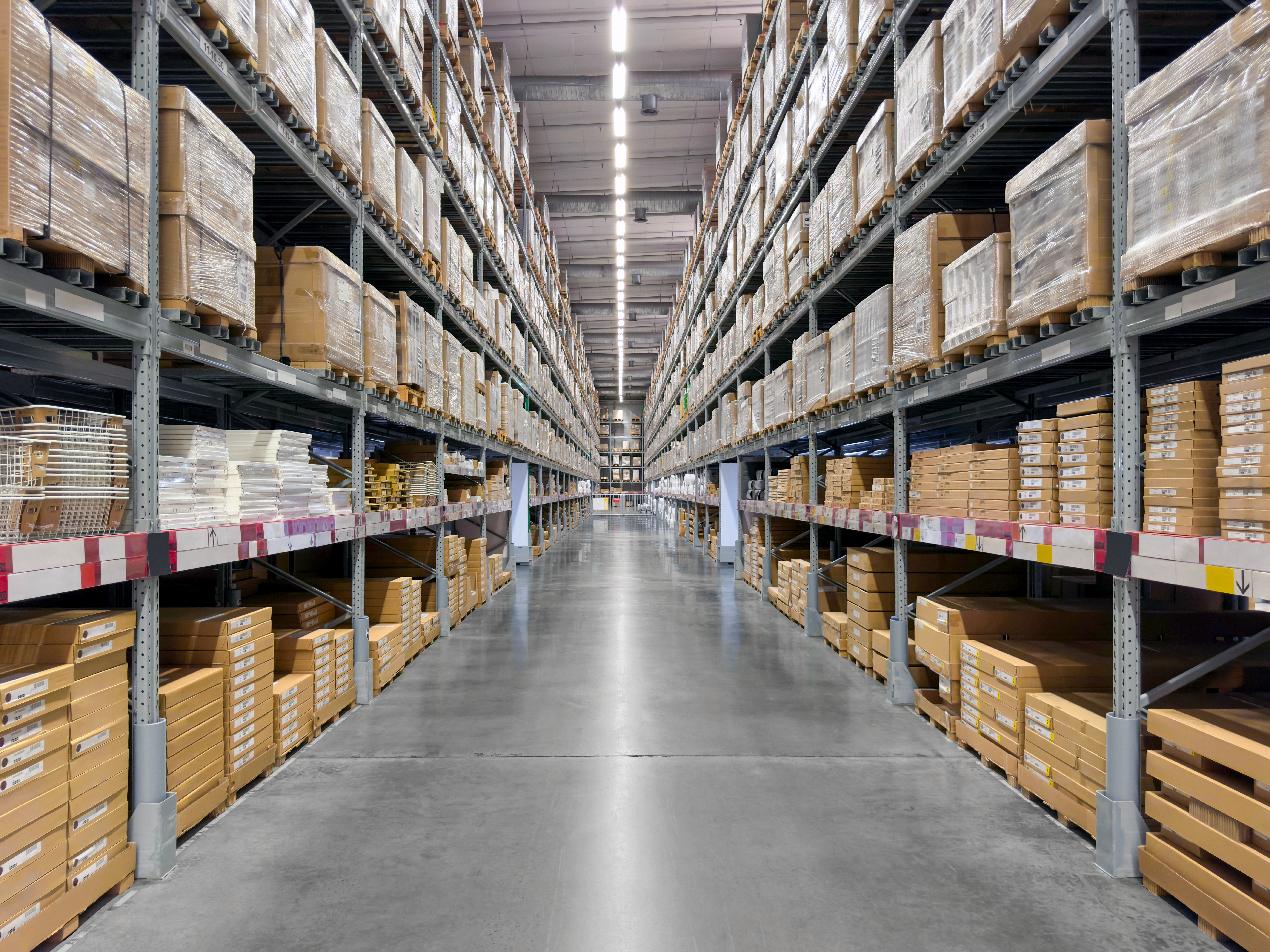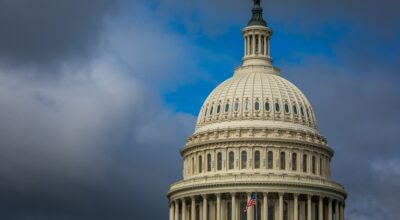
Tariffs and Trade Wars
This is the fourth paper in a series on tariff policy, paying particular attention to President Donald Trump’s proposed 10 percent universal tariff on all imports to the U.S. The introduction, “What is a Tariff For?” can be found here. The second entry, addressing concerns that tariffs contribute to inflation, can be found here. And the third entry, looking at the mechanism by which tariffs may boost domestic production, can be read here.
Critics of President Donald Trump’s proposed 10 percent universal tariff argue that it would start a destructive trade war. By this, they mean that other countries will retaliate with tariffs of their own, disrupting supply chains and raising prices for American consumers.
But just as sometimes a nation must go to war with guns and bombs, so sometimes are trade wars necessary. Before Americans are consumers looking for a deal, Americans are citizens with concern for the national interest and workers who want good jobs to support their families and communities. Tariffs, even trade wars, can be a tool for boosting domestic production, creating the jobs and goods that help Americans afford to buy American, and protecting critical industries.
Estimating the results of tariffs and trade policy depends on the economic model employed and the assumptions behind it. The standard theories and models that economists cite to support or describe free trade are mathematically neat. But this mathematical neatness comes from a range of simplifying assumptions, such as the economy having already attained full employment or perfect efficiency, along with a narrow focus on prices.
Thus the Global Trade Analysis Project model, generally taken as the standard for assessing the effects of proposed tariffs, has rigidities that bias it towards free trade. And the Tax Foundation equilibrium model is similar, going so far as to simply model a tariff as an excise tax on U.S. consumers rather than a tax on importers.1
In contrast, the Coalition for a Prosperous America’s tariff model, which has been highlighted throughout this one-pager series, does not make these assumptions. It recognizes that comparable jobs have too often not been available for working Americans displaced by offshoring. CPA’s model finds that a scenario in which other nations retaliated to a universal import tariff by applying a 10 percent tariff of their own to U.S. exports would, by some benchmarks, actually be superior for working Americans to one-sided tariffs.
Such a trade war scenario would, according to CPA’s model, see slightly smaller total growth (reduced by .64 percentage points) versus the growth effects of a U.S. tariff by itself (3.61 percent), but there would be a smaller effect on prices (1.01 percent) so that thanks to increases in domestic production household incomes would rise by 11.46 percent, about 1 percent more than in the unilateral tariff model.2
How can a general trade war be good for working Americans? By prompting investments and production at home. The U.S. is already in a trade war with China, as the Biden administration has maintained measures put in place under President Trump. In that case, with the primary goal of decreasing economic interdependence with China, the decreased trade that characterizes a trade war is itself the point.
But in considering the effects of possible retaliations to a universal tariff, the common consumer focus becomes relevant again. Because the United States does act as a net consumer on the global market, running a trade deficit, there is a limit to what other countries can do to retaliate against an import tariff. Simply put, our major trading partners can not impose a retaliatory tariff and further decrease trade without harming their domestic industries.
Many foreign trade partners, such as China, rely on exports to the U.S. to be a market for their subsidized excess supply. This is the other side of the trade deficit. Penalizing U.S. exporters would only do so much to help their own producers, because thanks to their industrial policies their supply already exceeds domestic demand. Their domestic producers are already producing; what they need are Americans to buy their goods.
The U.S. then holds the stronger hand: under conditions of decreased trade, domestic production can grow to meet domestic demand. American industries competing directly with importers would be able to scale up under protections, and export producers could perhaps adjust to focus on the domestic market. While a trade war scenario would not rectify the trade deficit, it would prompt investment in American manufacturing, contributing to new and better jobs.
CPA’s tariff model seeks to reflect this domestic growth dynamic, while other models include the obviously incorrect input of permanent full employment, which creates a zero-sum scenario in which jobs cannot be created or improved in response to policy.3 Summarizing their process, CPA’s Andrew Heritage writes: “We modify the standard GTAP model by introducing productivity elasticities to the model that allow domestic producers to increase output and leverage the opportunity that a tariff provides. We also introduce factor elasticities that allow firms to respond to an increase in demand by increasing their capital investment and increasing employment.”
That is, CPA’s model allows for domestic producers adjusting to meet domestic demand. While the advocates of free trade focus on supposed global efficiencies and reduce Americans to aggregate consumers looking only for the lowest price possible, CPA focuses on the needs of working Americans—good jobs for good wages that can support healthy communities. That is something worth fighting for, even to the point of a trade war.
End Notes
- 1. Erica York, “Trump’s $300 Billion Tax Hike Would Threaten U.S. Businesses and Consumers,” The Tax Foundation, August 25, 2023, https://taxfoundation.org/blog/donald-trump-10-percent-tariff/. And, Erica York, “Trump’s Tax and Tariff Ideas: Details & Analysis,” The Tax Foundation, July 10, 2024, https://taxfoundation.org/blog/trump-tax-plan-tariffs-analysis/. ↩︎
- 2. Jeff Ferry and Andrew Heritage, “Model Shows That Universal 10% Tariff Would Improve Incomes, Output And Jobs (Updated),” Coalition for a Prosperous America, September 18, 2023, https://prosperousamerica.org/model-shows-that-universal-10-tariff-would-improve-incomes-output-and-jobs/. ↩︎
- 3. Jeff Ferry and Andrew Heritage, “Model Shows That Universal 10% Tariff Would Improve Incomes, Output And Jobs (Updated),” Coalition for a Prosperous America, September 18, 2023, https://prosperousamerica.org/model-shows-that-universal-10-tariff-would-improve-incomes-output-and-jobs/. ↩︎



